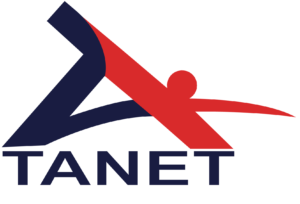Staying current in technology is essential for any organization. Here’s why:
- Competitive Advantage: Technology evolves rapidly, and organizations that stay current can gain a significant competitive advantage. They can adopt new tools, systems, and processes that improve efficiency, enhance customer experience, and create innovative products or services.
- Innovation: Keeping up with technology allows organizations to innovate. New technologies often enable creative solutions to existing problems and open up opportunities for entirely new products or services. Innovation can lead to increased market share and revenue growth.
- Operational Efficiency: Technological advancements can streamline internal processes, automate tasks, and reduce manual effort. This increases operational efficiency, minimizes errors, and frees up resources for more value-added activities.
- Adaptation to Change: Technological changes are often accompanied by shifts in consumer behavior, industry trends, and regulatory requirements. Organizations that embrace these changes are better equipped to adapt to shifting landscapes and seize emerging opportunities.
- Enhanced Customer Experience: Technology allows organizations to better understand and serve their customers. From personalized marketing and tailored product recommendations to efficient customer support, staying current in technology can lead to improved customer experiences.
- Data-Driven Decision-Making: Modern organizations rely heavily on data-driven insights for decision-making. Staying current in technology enables the collection, analysis, and interpretation of data, leading to informed and strategic choices.
- Talent Attraction and Retention: Top talent is often drawn to organizations that are at the forefront of technological innovation. Employees want to work with cutting-edge tools and technologies that enhance their skills and expertise.
- Cybersecurity and Risk Management: As technology evolves, so do cyber threats. Staying current in technology is crucial for maintaining robust cybersecurity measures and mitigating risks associated with data breaches and cyberattacks.
- Collaboration and Communication: Modern technology facilitates seamless collaboration and communication among teams, even when they are geographically dispersed. Staying current ensures that an organization can leverage the latest tools for efficient teamwork.
- Regulatory Compliance: Many industries have regulations related to technology and data management. Staying current ensures compliance with relevant laws and standards, avoiding potential legal and financial repercussions.
- Long-Term Sustainability: Organizations that resist technological change can become outdated and struggle to remain relevant. By staying current, organizations position themselves for long-term sustainability and growth.
- Ecosystem Engagement: Technology often drives the formation of ecosystems and partnerships. Organizations that embrace current technology can better engage with other entities in their industry, fostering collaboration and mutual growth.
In summary, staying current in technology is not just a matter of keeping up with trends; it’s a strategic imperative for organizations to remain competitive, innovative, and adaptable in a rapidly changing world.
